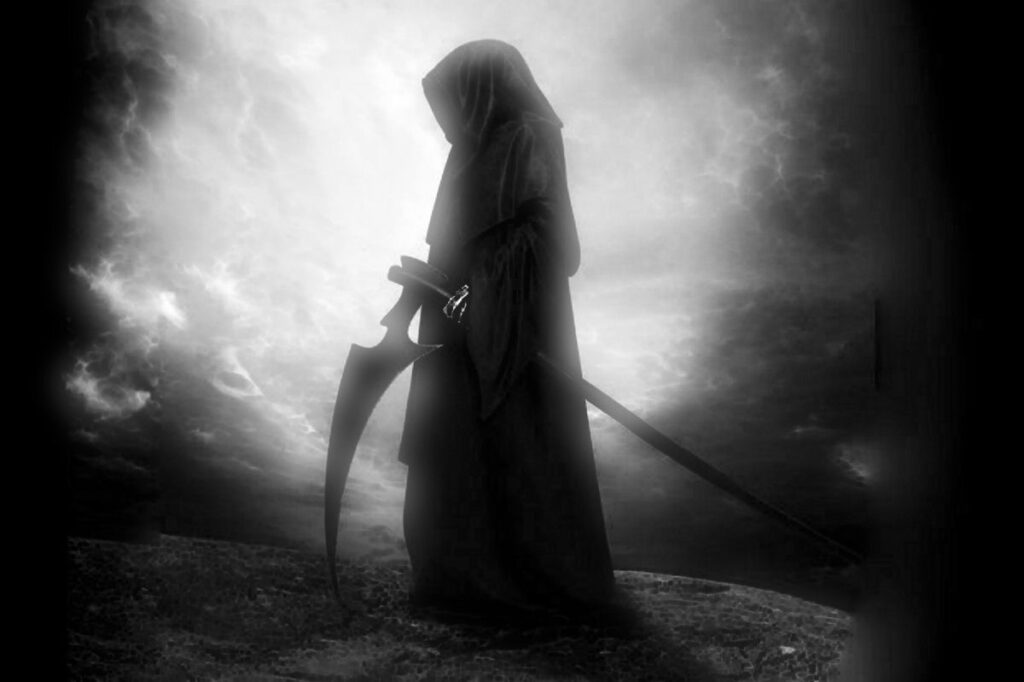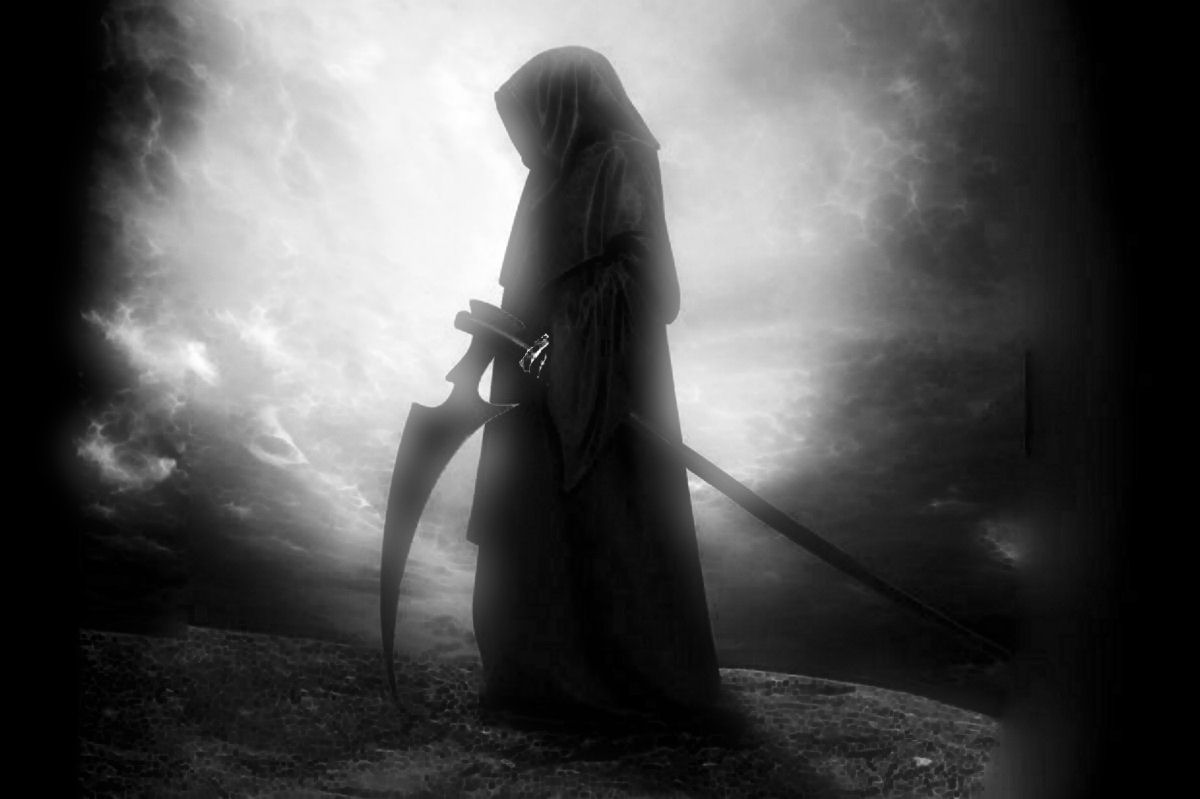
La Muerte: Exploring the Cultural Significance and Symbolism of Death in Mexico
La Muerte, or Death, holds a unique and complex place in Mexican culture. Far from being solely a symbol of sorrow and ending, it is deeply intertwined with celebrations, remembrance, and a profound acceptance of the cyclical nature of life. This article delves into the multifaceted significance of La Muerte in Mexico, examining its historical roots, artistic representations, and ongoing influence on contemporary traditions.
Historical Roots of La Muerte
The veneration of death in Mexico predates the arrival of the Spanish conquistadors. Ancient Mesoamerican civilizations, such as the Aztecs and Mayans, possessed sophisticated beliefs surrounding the afterlife and maintained elaborate rituals to honor their ancestors. The Aztecs, for example, revered Mictecacihuatl, the goddess of the underworld and queen of Mictlan, the land of the dead. Mictecacihuatl, often depicted with a skeletal face, presided over the festivals dedicated to the deceased and ensured the safe passage of souls into the afterlife.
These pre-Columbian traditions were not entirely eradicated by the Spanish. Instead, they syncretized with Catholic beliefs, creating a unique blend of indigenous and European perspectives on death. This fusion gave rise to many of the customs and symbols associated with La Muerte that we see today.
Day of the Dead (Día de Muertos)
Perhaps the most iconic manifestation of La Muerte in Mexican culture is the Day of the Dead, or Día de Muertos. Celebrated annually on November 1st and 2nd, this vibrant holiday is a time for families to remember and honor their deceased loved ones. Far from being a somber occasion, Día de Muertos is a joyful and festive celebration of life and memory.
During Día de Muertos, families construct elaborate altars (ofrendas) adorned with flowers, candles, photographs, and the favorite foods and drinks of the deceased. These offerings are meant to attract the spirits of the departed back to the earthly realm for a brief reunion. The air is filled with the aroma of marigolds (cempasúchil), the traditional flower of the dead, and the sounds of music and laughter.
Skeletal figures, known as calacas and calaveras, are ubiquitous during Día de Muertos. These whimsical representations of La Muerte are often depicted wearing colorful clothing and engaging in everyday activities, emphasizing the idea that death is a natural part of life and should not be feared. [See also: The History of Día de Muertos]
La Catrina: The Elegant Skeleton
One of the most recognizable symbols of Día de Muertos is La Catrina, a skeletal figure dressed in elegant attire. La Catrina was originally created by Mexican printmaker José Guadalupe Posada in the early 20th century as a satirical critique of the Europeanized upper class who were ashamed of their indigenous heritage. Her full name is *La Calavera Garbancera*.
Posada’s La Catrina quickly became a symbol of Mexican identity and a powerful reminder that death comes to everyone, regardless of their social status. Today, La Catrina is a beloved figure who embodies the spirit of Día de Muertos and the Mexican acceptance of La Muerte as an integral part of life.
Symbolism and Meaning of La Muerte
Beyond the specific traditions of Día de Muertos, La Muerte carries a broader range of symbolic meanings in Mexican culture. It represents:
- The Cycle of Life: Death is not seen as an ending but rather as a transition to another stage of existence.
- Remembrance and Respect: Honoring the deceased is a fundamental aspect of Mexican culture.
- Acceptance and Humor: Death is not feared but rather embraced with a sense of humor and acceptance.
- Equality: Death is the great leveler, reminding everyone that social status and material possessions are ultimately meaningless.
Artistic Representations of La Muerte
La Muerte is a recurring theme in Mexican art, literature, and music. From traditional folk art to contemporary installations, artists have long been fascinated by the symbolism and imagery associated with death. Calaveras, sugar skulls, and other skeletal figures are common motifs in Mexican art, often depicted in vibrant colors and intricate designs.
Mexican literature also explores the themes of death and mortality in a variety of ways. From the works of Octavio Paz to contemporary novels, Mexican writers have grappled with the complexities of death and its impact on human experience. [See also: Octavio Paz and the Labyrinth of Solitude]
The Santa Muerte Controversy
While La Muerte is generally associated with the traditions of Día de Muertos and a broader cultural acceptance of death, there is also a controversial figure known as Santa Muerte, or Holy Death. Santa Muerte is a folk saint who is venerated by some in Mexico and other parts of Latin America. Her devotees believe that she has the power to grant favors and protect them from harm.
The Catholic Church does not recognize Santa Muerte, and some view her as a dangerous and unorthodox figure. However, she has a large and growing following, particularly among marginalized communities who feel that she understands their struggles and offers them hope. The Santa Muerte represents a modern evolution of death reverence in Mexico, although her practices differ significantly from those of Día de Muertos. The line between the traditional reverence for *La Muerte* and the worship of *Santa Muerte* can often be blurred, leading to misunderstandings.
La Muerte in Contemporary Mexico
La Muerte continues to be a powerful and relevant symbol in contemporary Mexico. It is a reminder of the cyclical nature of life, the importance of remembering our ancestors, and the need to embrace death as an integral part of the human experience. The traditions of Día de Muertos are passed down from generation to generation, ensuring that the cultural significance of La Muerte remains alive and well.
Furthermore, the artistic representations of La Muerte constantly evolve, reflecting the changing social and political landscape of Mexico. From street art to museum exhibitions, artists continue to explore the themes of death, mortality, and remembrance in innovative and thought-provoking ways.
Even in the face of modernization and globalization, La Muerte remains deeply embedded in the Mexican psyche. It is a symbol of resilience, cultural identity, and the enduring power of tradition. The acceptance of La Muerte is not morbid; it is a celebration of life and a recognition of the interconnectedness of all things.
The Enduring Legacy of La Muerte
The enduring legacy of La Muerte in Mexican culture is a testament to the power of tradition, the resilience of indigenous beliefs, and the human need to grapple with the mysteries of life and death. From the ancient rituals of Mesoamerica to the vibrant celebrations of Día de Muertos, La Muerte has played a central role in shaping Mexican identity and worldview.
As Mexico continues to evolve and adapt to the challenges of the 21st century, the traditions and symbols associated with La Muerte will undoubtedly continue to evolve as well. However, the underlying message of remembrance, acceptance, and celebration will remain the same: death is not an ending but rather a transition to another stage of existence, and it should be embraced with respect, humor, and love.
Understanding the cultural significance of La Muerte allows for a deeper appreciation of Mexican art, traditions, and the profound philosophical perspective on life’s ultimate mystery. The continued relevance of these traditions underscores the importance of cultural heritage and the enduring power of symbolism in shaping human understanding. By examining the multifaceted nature of La Muerte, we gain a valuable insight into the Mexican soul and its unique approach to life and death. The symbolism of La Muerte is present even in modern Mexican cinema.

